Assembling the best watch collection requires a keen eye for detail, a deep appreciation for craftsmanship, and an understanding of style and functionality. Watches are more than mere time-telling devices; they are a statement of personal style and a reflection of our attention to precision and quality. Every timepiece we choose resonates with a part of our identity, whether it represents our taste for the rugged and durable, like the Shinola Runwell, or our love for the elegantly understated.
Understanding Watch Types
In curating a watch collection, it’s essential to grasp the distinctions among dress, dive, and pilot watches. Each category serves a unique purpose, embodying a blend of functionality and style.
Dress Watches
Dress watches epitomize elegance and simplicity. Characterized by their slim profile and minimalist design, they typically feature a simple hour and minute hand, with some boasting a small seconds sub-dial. Materials often include precious metals like gold or platinum, and the dials are clean with few embellishments. Leather straps are standard, adding to the sophisticated appeal, making them suitable for formal occasions.
Dive Watches
Built for underwater exploration, dive watches prioritize durability and water resistance. A rotating bezel to track dive time, luminous hands and markers for visibility, and at least 100m of water resistance are quintessential features. Modern dive watches have evolved to become rugged sport watches suitable for everyday use.
Pilot Watches
Designed originally for aviators, pilot watches offer enhanced readability and often include functions like a chronograph or dual time zone display. These watches come with a larger dial to accommodate the additional features, and some vintage designs were intended to be worn over a pilot’s jacket.
Key Features of Timepieces
Selecting a timepiece, we consider critical features such as movement types, materials, and complications, each playing a pivotal role in the utility and aesthetics of a watch.
Movement Types
In the world of horology, the movement of a watch, or its caliber, is its engine. The automatic movement relies on the natural motion of the wearer’s wrist to wind itself, eliminating the need for manual winding.
Material Choices
The materials used in a watch’s construction not only define its durability but also its style. Steel models are popular for their strength and resistance to corrosion, making them a staple in watchmaking.
Watch Complications
A complication in watchmaking refers to any feature beyond simple time telling. Common complications enhance functionality and showcase craftsmanship.
Iconic Watch Brands and Collections
In our curated selection of iconic watch brands and collections, we explore the quintessential pieces that define luxury, precision, and heritage in horology.
The Prestige of Rolex
Rolex—a name synonymous with luxury and achievement—is perhaps best known for their Rolex Submariner. An emblem of robustness and reliability, the Submariner transcends from being not only a diver’s watch but a statement piece. Crafted to conquer depths and boardroom discussions alike, Rolex watches are a testament to engineering excellence and timeless style.
Patek Philippe’s Craftsmanship
The artistic perfection by Patek Philippe captures the pinnacle of watchmaking. With the Calatrava standing as the hallmark of their prowess, Patek Philippe timepieces are the epitome of intricacy and sophistication. Their commitment to craftsmanship can be seen in every minute detail, ensuring that each watch is a masterpiece of not only function but also form.
Omega’s Legacy
Omega has cemented its reputation through watches esteemed for their precision and association with monumental events. The Omega Speedmaster is not only an icon in the chronograph world but has also etched its place in history as the first watch on the moon. Omega’s collection, which also includes elegant pieces like the Seamaster, illustrates their dedication to innovation and exploration.
| Brand | Iconic Model | Notable Feature |
|---|---|---|
| Rolex | Submariner | Durable, water-resistant design |
| Patek Philippe | Calatrava | Signature dress watch |
| Omega | Speedmaster | History of space exploration |
| Breitling | Navitimer B01 Chronograph | Complex, high-performance |
| TAG Heuer | Monaco | Renowned sports chronographs |
| Longines | Conquest | Heritage and elegance |
| Cartier | Santos | Blend of jewelry and watchmaking |
| Vacheron Constantin | Overseas | Exemplary traditional horology |
| Tudor | Black Bay | Robustness and precision |
Our collection spans from innovators like TAG Heuer to the elegant Longines, encompassing varied horological milestones. Cartier’s pieces double as jewelry, while watches from Vacheron Constantin demonstrate meticulous traditional watchmaking. The Breitling Navitimer B01 Chronograph is revered for its technical prowess, and Tudor’srobustness and precision remain unmatched. Each brand in our assortment offers a narrative of unparalleled mastery, inviting enthusiasts into the noble world of distinguished timekeeping.
Selecting Watches for Your Collection
Embarking on watch collecting, we must consider our budget and look for pieces that offer both value and diversity, enabling us to build a collection that reflects our passion and personality.
Evaluating Budget and Value
Budget is the cornerstone of watch collecting. It defines the scope of our collection and informs our purchasing decisions. The pursuit of a luxury watch should balance cost with the watch’s craftsmanship, history, and brand prestige. We should seek timepieces that will not only hold their inherent value but may also appreciate over time. One effective strategy is to start with models featuring Swiss automatic movements, known for their quality and durability.
Luxury watch brands often command a premium, not just for the name but for their expertise in precision and design. Opting for pieces that resonate with our hobby and passion ensures that each purchase is more than a financial investment—it’s a personal one.
Diversity in a Collection
A well-crafted collection is not about quantity but the diversity of timepieces. We strive to include a range of styles from dress watches to divers and pilot watches, ensuring that each watch fulfills a specific role.
By incorporating varied designs and functionalities, we can be prepared for any occasion and express different facets of our style. Additionally, selecting the best watches for men involves considering types of movements, complications, and materials, allowing us to become more knowledgeable and interconnected with our growing collection.
Care and Maintenance of Timepieces
Let’s dive into the specifics on how to keep these timepieces functioning flawlessly and preserve their style.
Regular Servicing
Routine Inspections: Regular servicing, ideally every 3 to 5 years, is crucial for mechanical watches. We recommend consulting with a professional horologist to preserve the intricate details and ensure the success of the watch’s mechanism.
Storage Solutions
Proper storage is as vital as servicing to maintain a watch’s condition and functionality.
FAQ-Best Watch Collection
How do I start building the best watch collection?
Starting the best watch collection involves identifying your personal taste and what you value in a watch, whether it’s the craftsmanship, brand heritage, design, or the movement. Begin with a versatile piece that can be worn in various settings. Research and educate yourself on different watch types, brands, and their histories. Set a budget for each purchase and consider starting with a mix of styles, including dress, sports, and casual watches, to have a well-rounded collection.
What are the key pieces every watch collection should have?
Every watch collection should ideally have:
-A classic dress watch for formal occasions.
-A robust sports watch, like a diver or a chronograph, for casual wear and physical activities.
-A versatile everyday watch that can transition between casual and formal settings.
-A piece with historical significance or unique craftsmanship, like a vintage watch or a limited edition. These pieces provide a solid foundation, offering options for every occasion and interest.
How can I ensure the longevity of my watch collection?
To ensure the longevity of your watch collection, regular maintenance is crucial. This includes servicing mechanical watches every 3-5 years, replacing quartz batteries as needed, and storing watches in a dry, temperature-controlled environment. Use a watch box or case to protect them from dust and scratches. Avoid exposing watches to extreme temperatures, chemicals, and strong magnetic fields. Cleaning your watches regularly with a soft cloth can also help maintain their appearance and function.
If you liked this blog post about the topic: Best Watch Collection, don’t forget to leave us a comment down below to tell us about your experience with it.
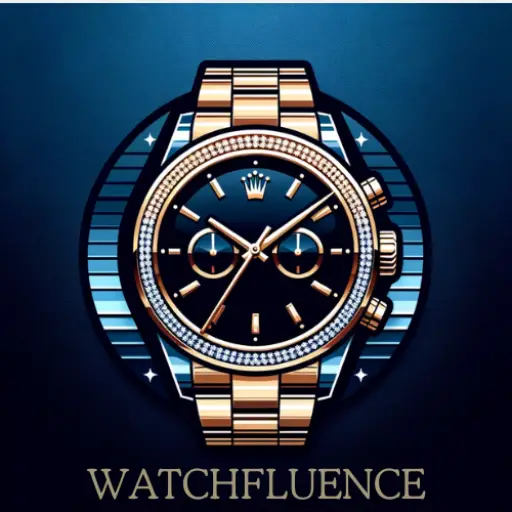
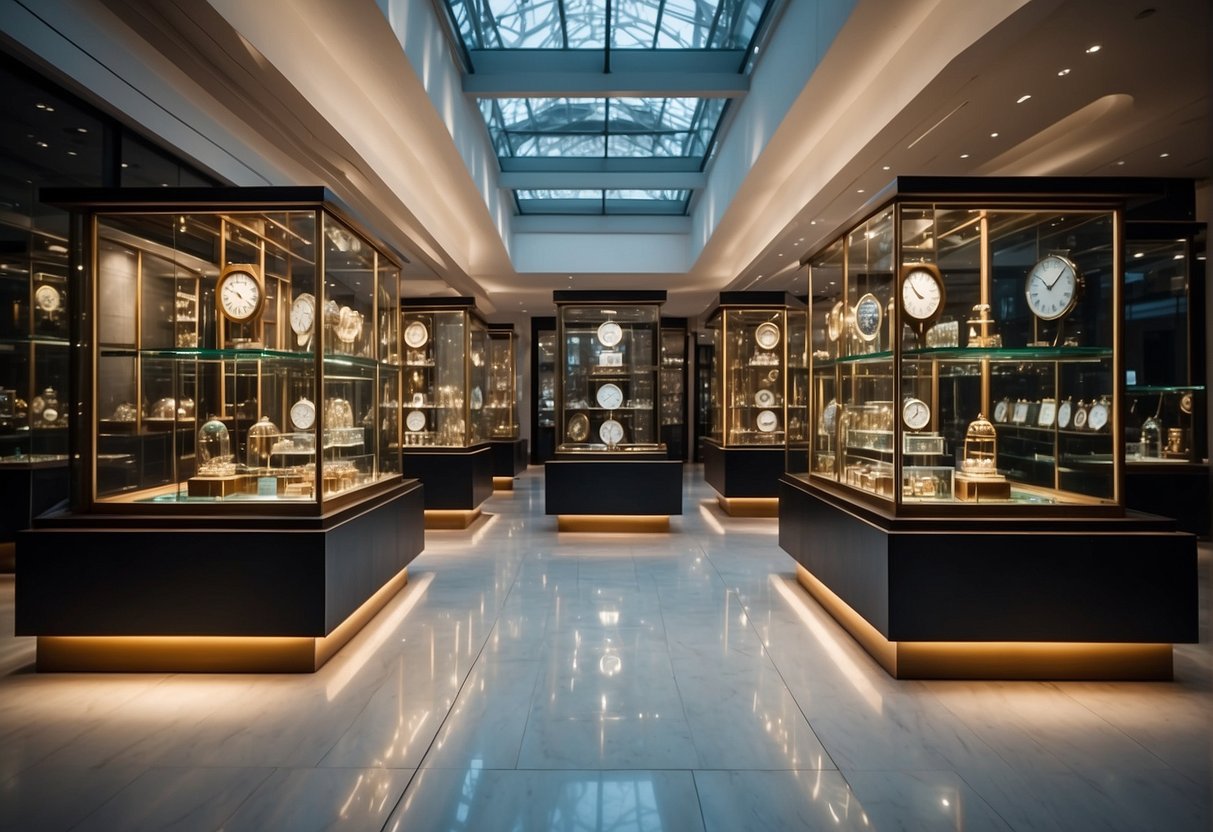

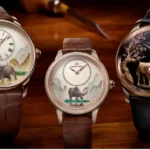
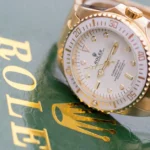
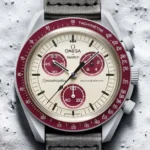
Thank you for your sharing. I am worried that I lack creative ideas. It is your article that makes me full of hope. Thank you. But, I have a question, can you help me?
Thanks for sharing. I read many of your blog posts, cool, your blog is very good.
Your point of view caught my eye and was very interesting. Thanks. I have a question for you.